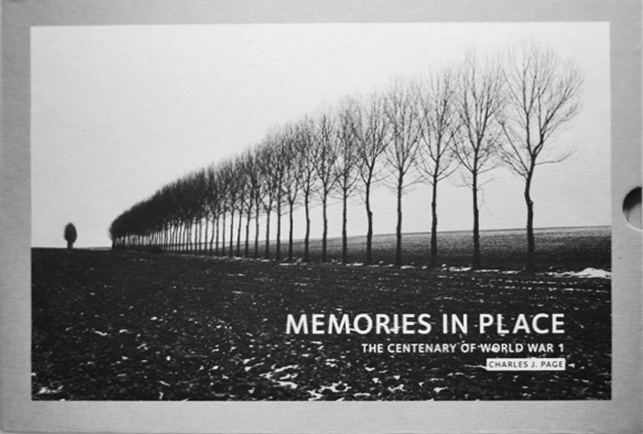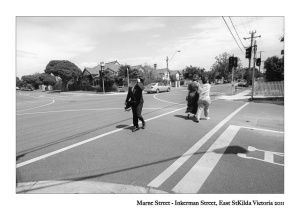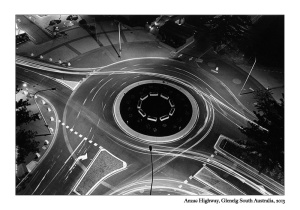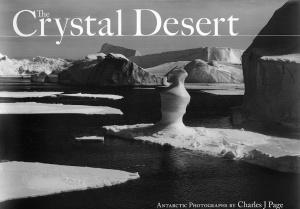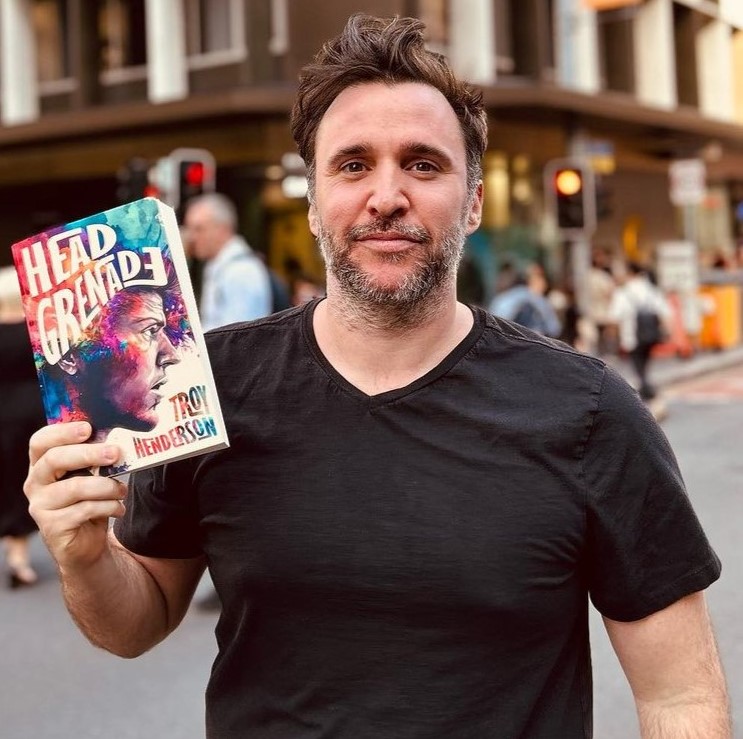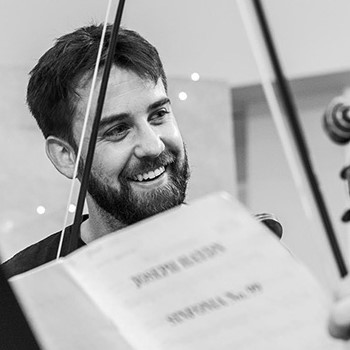
Charles Page
Documentary Photographer
Brisbane, Australia

Eyes that inquire, seek information, ask questions, and laugh. Then you hear the whirring in his head framing shots, point-of-view, best angles, enough light, not enough, or too much, how best is the story visualised. Captured in black and white.
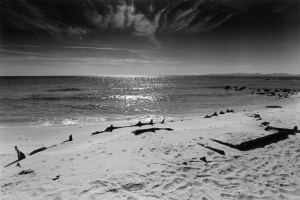 From a working-class family, Charles’s eye sharpened to life’s realities perched high in his dad’s delivery truck, keeping him company on long-distance hauls criss-crossing Victoria’s countryside. His early view of life shaped through the windscreen almost pre-destined him for a life behind the camera. Charles instinctively knows to stand on the edge, quietly observing, not to interfere. Wait. The shot will present itself.
From a working-class family, Charles’s eye sharpened to life’s realities perched high in his dad’s delivery truck, keeping him company on long-distance hauls criss-crossing Victoria’s countryside. His early view of life shaped through the windscreen almost pre-destined him for a life behind the camera. Charles instinctively knows to stand on the edge, quietly observing, not to interfere. Wait. The shot will present itself.
“Gaining trust in subjects to chronicle decisive moments of struggle and dispossession, capturing the dignity of lives not usually taken notice of,” he explains when pressed as to what keeps him moving around the world charting life events, remaining dogged and persistent ensuring his photography would exist, to be on permanent record.
Documentary photography seeks the elusive, revealing, honest, conclusive, simple, ordinary, truthful moment. Brutal, romantic, humorous, tender, revelatory, damning, breathtaking, heart breaking, expansive, intimate. Detailed moments that set you back in awe.
His work is earthy, his eye quirky, his motivation honest. He has chosen documentary photography as his means of expression. His shots are raw, honest, considered, the job is to document. Not showy or staged, his imagery captures and holds you. You’re reading the story. You do not leave unmoved.
Today his work exhibits alongside 30 significant Australian and international artists at GOMA’s showcase exhibition Air, reflecting the vitality of shared atmosphere. A simple premise – we all inhabit the same planet; we do not all breathe the same air.
Australia has gazetted 25th April every year a public holiday, Anzac Day. The meaning today includes remembrance of all Australians killed in military operations. Memories in Place is Charles’s long-term documentary photography project revealing connections between places in Australia and Europe inexorably linked because of the war. To quote Charles:
“How do places such as Pozieres or Passchendaele in Australia resonate with those places in Belgium and France one hundred years on? What impact does this have on our understanding of war, peace, nationhood, and friendship?”
Why documentary photography?
I studied photography at R.M.I.T in Melbourne where there were two options on offer, scientific or illustrative photography.
I chose the illustrative stream which was mainly concerned with advertising photography; there was no documentary content.
I really hadn’t thought about what documentary photography was, although I was already doing it, just not at college. My real interest was photographing the changing railway scene, the disappearance of steam locomotives and the broader issue of the disappearance of the rail structure in favour of cheaper road transport.
My attraction to documentary photography was the ability and challenges of telling a story overlaid with travel, adventure, unique experiences and of course the people I met. I found this lifestyle far more appealing than the confines of a photographic studio.
I did work in advertising for a brief time, and found my passion to tell stories with my images, not sell cans of soup.
What does documentary photography contribute?
From the invention of photography in 1839 photographers used it as a vehicle for awareness about the world, to inform and bring about social change. Photography was a form of socialist revolution because as the history of photography progressed more photographers were documenting what was happening in the world. Very little went unrecorded, both the beauty and the ugliness of society was there to see.
What do you want to achieve with your collections?
Much of my work is already in various public collections, eventfully all of it will be. It’s a body of work that represents a personal vision of a small period in history. I hope that it is appreciated for that.
Why do you choose to shoot in black and white?
That’s like asking a painter why they work in oils or water colour, black and white photography is the medium I feel comfortable with and is the best vehicle to carry the emotion of my images.
Your last project Memories in Place, what were you looking to achieve?
The World War one project extended over almost seven years, which included a lot of research before the photography began. There were two aspects I was looking for, firstly on the battlefields of the Western Front and at Gallipoli I was looking for a way to articulate the residual emotion that I believe resides in places where extreme violence has taken place.
Secondly, I had to find a way of relating the locations in Australia to the images from the battlefields. To tell the story they had to work together visually and emotionally.
Of all photos which one/s had the biggest impact on you?
It’s inevitable that the images from the battlefields had the biggest emotional impact on me because the locations had such a strong resonance. I was also moved by the soldier settlements in Australia, particularly where the farms had failed, and the returned soldiers were emotionally devastated yet again.
For more of Charles’s work: https://thegodlesstraveller.com/memories-in-place/
Or: https://www.charlespagephotography.com/
